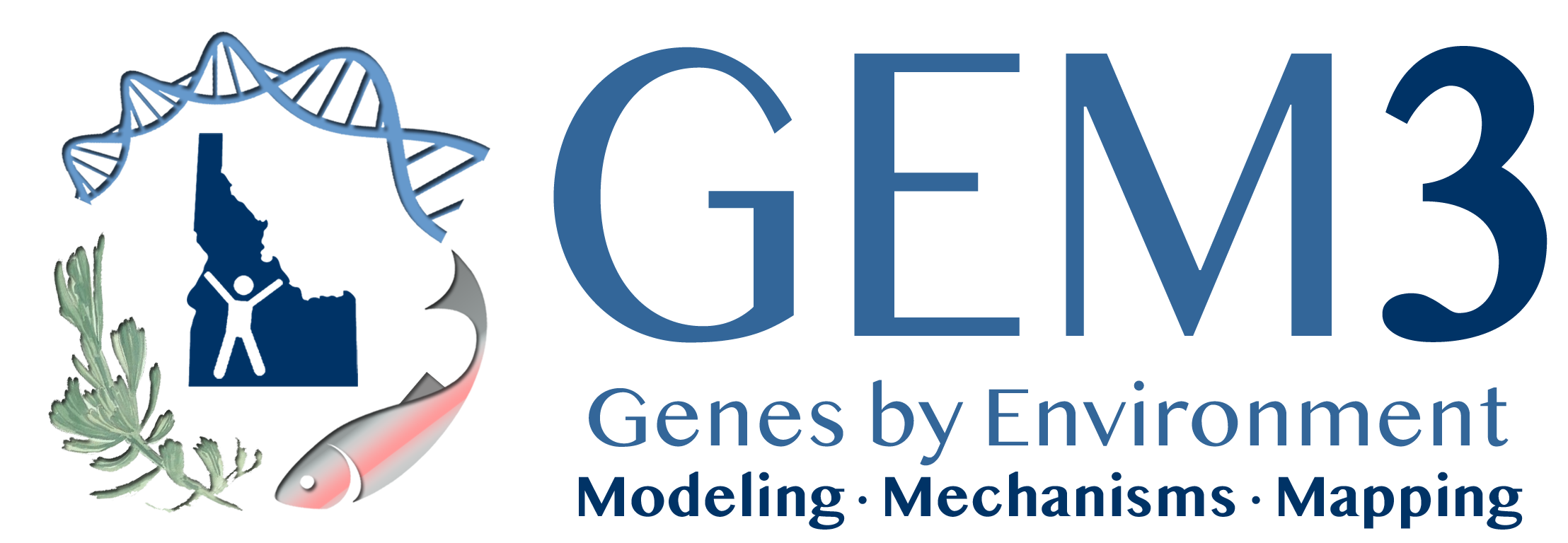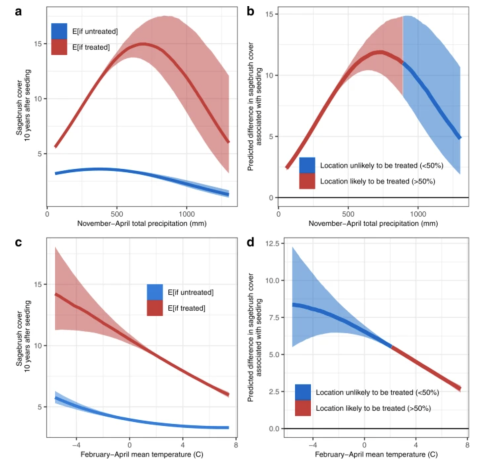Accurate predictions of ecological restoration outcomes are needed across the increasingly large landscapes requiring treatment following disturbances. However, observational studies often fail to account for nonrandom treatment application, which can result in invalid inference. Examining a spatiotemporally extensive management treatment involving post-fire seeding of declining sagebrush shrubs across semiarid areas of the western USA over two decades, we quantify drivers and consequences of selection biases in restoration using remotely sensed data. From following more than 1,500 wildfires, we find treatments were disproportionately applied in more stressful, degraded ecological conditions. Failure to incorporate unmeasured drivers of treatment allocation led to the conclusion that costly, widespread seedings were unsuccessful; however, after considering sources of bias, restoration positively affected sagebrush recovery. Treatment effects varied with climate, indicating prioritization criteria for interventions. Our findings revise the perspective that post-fire sagebrush seedings have been broadly unsuccessful and demonstrate how selection biases can pose substantive inferential hazards in observational studies of restoration efficacy and the development of restoration theory.
Panels show sagebrush percent cover (%) 10 years following fire (shown for the Central Basin and Range Ecoregion), along gradients of (a, b) November-April total precipitation (30-year average) and (c, d) February-April mean temperature (30-year average). Panels on the left (a, c) illustrate the expected (“E”) of sagebrush cover for sites in the treated group, if they were to either receive or not receive treatment (median expectations, shown with 50% credible intervals). Panels on the right (b, d) illustrate the difference in sagebrush recovery observed when treatment is applied (median expectations, shown with 50% credible intervals). Positive values (above the solid line at 0) indicate gains associated with reseeding; line color indicates whether restoration is likely (>50% probability of occurrence) or unlikely (<50%) to occur at given precipitation (b) or temperature (d) conditions, based on the model of treatment probability (see Figs. 2, 3). Posterior parameter estimates for all covariates included in the associated model (n=20,000 locations) can be found in Supplementary Fig. 5.
| GEM3 author(s) | |
| Year published |
2022
|
| Journal |
Nature Communications
|
| DOI/URL | |
| Keywords |
Ecology
Geography
Mathematical Models
Statistics
Landscapes
|
| GEM3 component |
Modeling
|
| Mentions grant |
Yes
|

